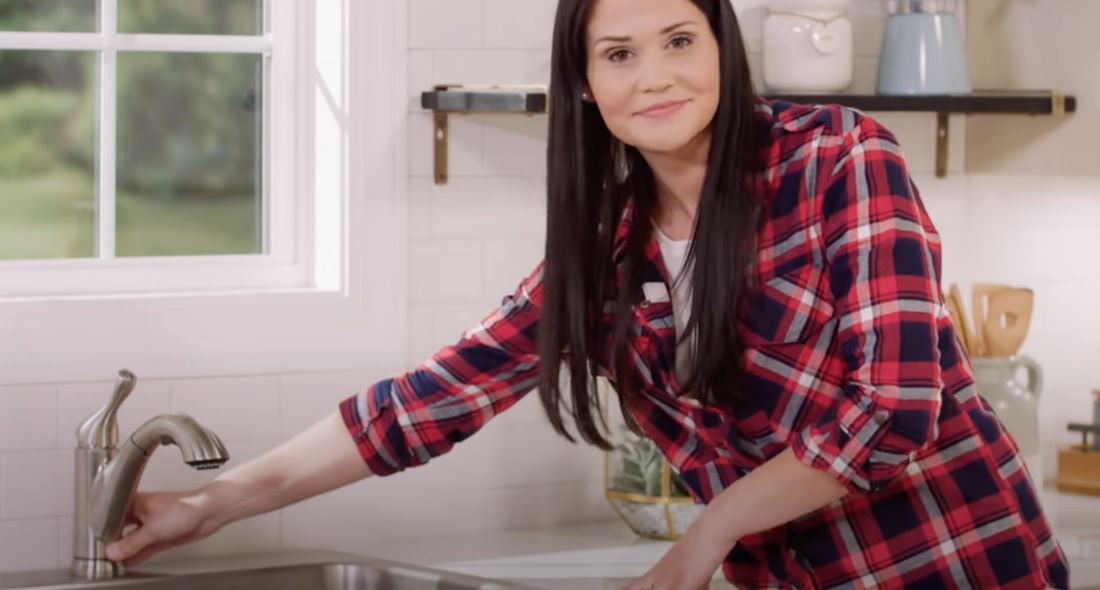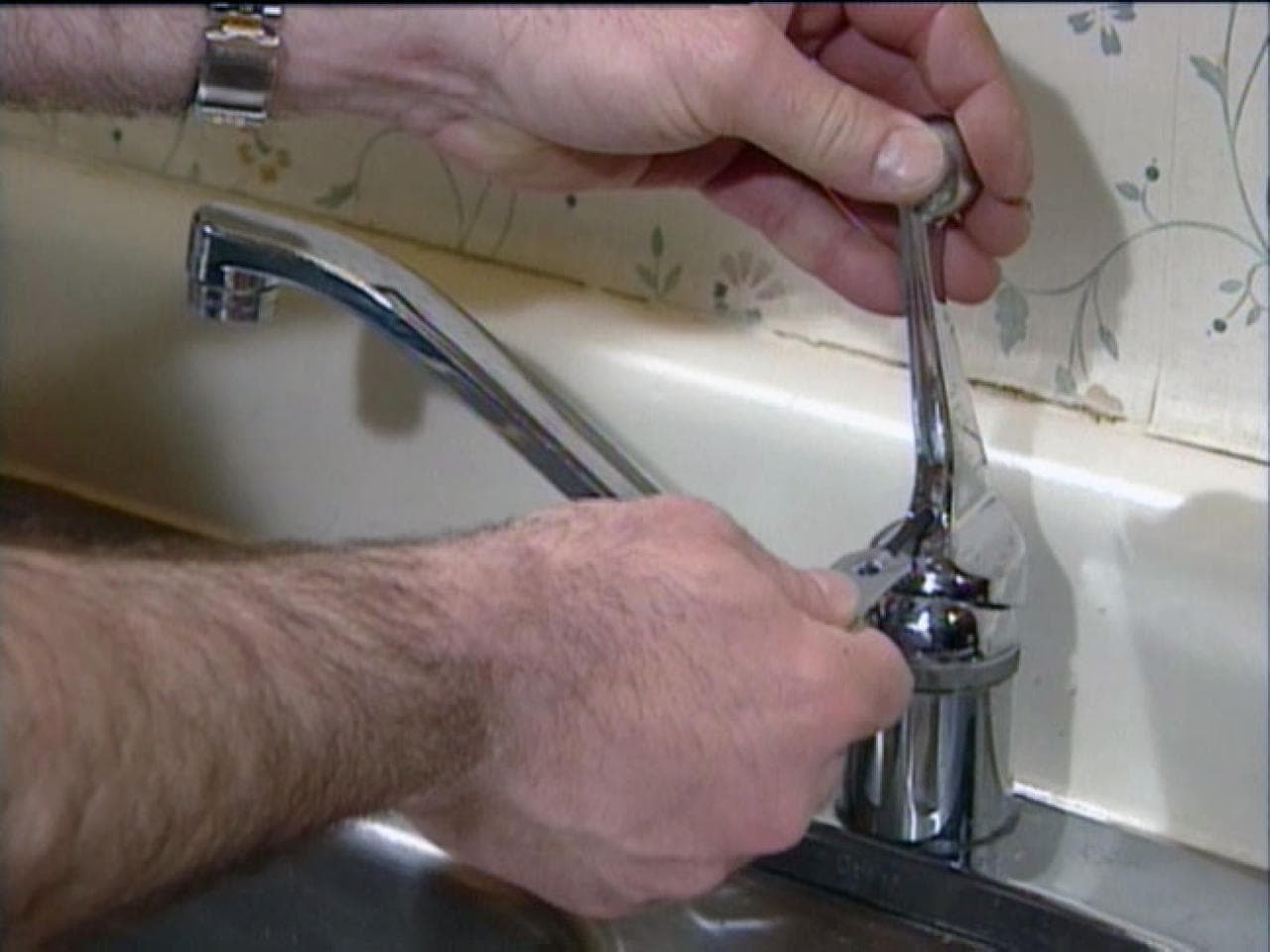Which It's Mandatory to Resolve a Leaking Faucet
Which It's Mandatory to Resolve a Leaking Faucet
Blog Article
We've noticed this article relating to Leaky Faucets: Why They Happen & What to Do About Them below on the web and figured it made sense to discuss it with you on this site.

Dripping faucets could look like a small trouble, but their effect surpasses just the inconvenience of the audio. From drainage to incurring unnecessary monetary prices and health risks, neglecting a trickling tap can result in different repercussions. In this post, we'll look into why it's crucial to resolve this common household issue promptly and effectively.
Wastage of Water
Ecological Influence
Trickling taps contribute dramatically to water wastefulness. According to the Epa (EPA), a single tap trickling at one drip per second can squander more than 3,000 gallons of water each year. This not only strains water resources however additionally affects communities and wildlife depending on them.
Step-by-Step Guide to Dealing With a Dripping Faucet
Devices Required
Before trying to repair a trickling faucet, collect the necessary devices, consisting of an adjustable wrench, screwdrivers, replacement parts (such as washing machines or cartridges), and plumber's tape.
Common Faucet Issues and Their Solutions
Determine the sort of faucet and the certain concern causing the drip. Common issues consist of damaged washing machines, corroded valve seats, or damaged O-rings. Describe manufacturer directions or on the internet tutorials for detailed support on repair services.
Financial Prices
Increased Water Bills
Beyond the environmental influence, trickling taps can blow up water expenses considerably. The gathered wastefulness gradually equates into greater energy costs, which might have been prevented with timely fixings.
Prospective Residential Property Damage
Moreover, long term dripping can bring about damage to components and surfaces bordering the faucet. Water build-up can cause staining, rust, and even architectural issues if left ignored, causing additional repair service costs.
Wellness Concerns
Mold And Mildew and Mold Growth
The constant existence of dampness from a dripping faucet produces an excellent environment for mold and mildew growth. These fungis not just endanger interior air quality however likewise present wellness threats, particularly for individuals with respiratory conditions or allergic reactions.
Waterborne Illness
Stagnant water in leaking faucets can become a breeding ground for bacteria and other virus, raising the threat of waterborne diseases. Pollutants such as Legionella germs prosper in stagnant water, potentially resulting in significant ailments when consumed or inhaled.
DIY vs. Expert Fixing
Benefits and drawbacks of Do It Yourself Fixing
While some might attempt to take care of a trickling faucet themselves, DIY repair services come with their very own collection of challenges. Without correct understanding and tools, do it yourself attempts can exacerbate the concern or result in incomplete fixings, extending the problem.
Advantages of Hiring a Specialist Plumber
Hiring an expert plumber guarantees that the underlying reason for the dripping faucet is addressed effectively. Plumbing professionals possess the knowledge and tools to diagnose and repair tap problems successfully, saving time and reducing the danger of more damages.
Ecological Responsibility
Private Payment to Conservation
Taking responsibility for repairing dripping taps straightens with wider efforts toward water preservation and ecological sustainability. Every person's activities collectively make a significant effect on maintaining priceless resources.
Sustainable Living Practices
By prioritizing punctual fixings and embracing water-saving practices, individuals add to lasting living techniques that benefit both existing and future generations.
Preventive Measures
Normal Maintenance Tips
To avoid trickling faucets, do regular maintenance such as cleaning up aerators, inspecting for leaks, and replacing damaged components quickly. In addition, consider setting up water-saving gadgets or updating to extra efficient fixtures.
Importance of Prompt Fixes
Resolving trickling taps as quickly as they're seen protects against more water wastefulness and potential damage, ultimately saving both water and cash in the future.
Influence On Property Worth
Assumption of Well-Maintained Property
Preserving a building in good condition, consisting of resolving upkeep problems like dripping taps, enhances its regarded worth and desirability among possible purchasers or renters.
Impact on Resale Worth
Residences with properly maintained plumbing components, including faucets, command higher resale worths in the real estate market. Resolving leaking faucets can contribute to a positive impact during home examinations and settlements.
Conclusion
Resolving a leaking tap surpasses mere comfort; it's an essential step towards conserving water, reducing economic prices, and protecting health and residential or commercial property. Whether through DIY repair services or professional assistance, taking action to fix trickling faucets is a little yet impactful means to advertise responsible stewardship of sources and add to a healthier, much more sustainable future.
How to Fix a Dripping or Leaky Faucet
A leaking faucet is one of the most common problems that homeowners encounter, but it being commonplace doesn’t make it any less annoying. The constant drip drip drip of a leaking bathtub faucet, showerhead, or sink tap can disturb your home’s serenity. Left neglected, a dripping faucet can also result in higher water bills and discoloration or mold growth in your sink or plumbing fixtures.
Fortunately, you don’t have to be a trained plumber to know how to stop a dripping faucet. With some basic tools, replacement parts, and a little patience, leaky faucet repair is a breeze. In this article, we’ll explain what causes dripping faucets and how you can fix them.
What Causes a Leaking Faucet?
Kitchen and bathroom faucets come in all manner of designs, but most involve some combination of valves, O-rings, seals, and washers. The O-ring is usually the weakest link, but any one of these pieces can wear down over time. Heat, moisture, temperature fluctuations, minerals, mold, and movement can contribute to warping and corrosion, breaking the watertight seal. This just comes with the territory of being a homeowner. Everything is always subject to wear and tear, and some component parts of your appliances and fixtures need to be replaced on occasion. At least replacement O-rings are cheap!
More rarely, dripping faucets can be a symptom of excessively high water pressure. Were this the case in your home, you would probably notice that the leak is not isolated to one faucet. Water pressure issues are harder to resolve on your own. We recommend contacting a professional plumber if you suspect your water pressure is too high.
How to Fix a Dripping Faucet
Pipe wrench or monkey wrench Allen wrench set Screwdrivers Old towel or rag Shut off the water.
Before you do anything, you need to turn off the water to keep from drenching your kitchen or bathroom. You should find a valve under the sink and against the wall. Once you’ve turned this valve, try turning the faucet on to confirm that the water source has been cut off.
If you can’t locate your local valve for the faucet you’re working on, you can always shut off the water to the house at the main valve. Of course, this will prohibit anyone from using the sinks, showers, or toilets while you’re working on the faucet that’s giving you trouble.
Plug or block the drain.
You’ll be disassembling the faucet and removing some small bits of hardware. Plug the drain with a stopper or rag to avoid the possibility of a small screw falling into your P-trap.
Take apart the faucet assembly.
There are several varieties of kitchen and bathroom faucets, each with its own manner of assembly. For detailed instructions on how to disassemble your faucet, you can refer to the fixture’s manual or contact the manufacturer. If you know whether you have a ball, disc, cartridge, or compression faucet, you can find detailed schematics online.
In general, you need to begin by removing the faucet handles. You might notice a small screw that you’ll need to remove with a screwdriver or Allen wrench. If you don’t see any visible securing hardware, it’s likely hidden under a decorative cap that can be unscrewed or popped off with flathead screwdriver.
Remove each piece methodically, consulting a schematic when necessary. Take notes or arrange the pieces in such a way to make it easier to correctly reassemble the faucet later.
Remove the cartridge.
Once you’ve removed the handles and securing hardware, you should be able to remove the valve cartridge or stem. Some cartridges will slide right out. Other faucet models will require you to loosen a nut with a pipe wrench before you can remove the valve stem.
Examine the exposed hardware.
With the cartridge or stem removed, inspect the component parts. Check the rubber O-rings for wear and tear. Also examine the seat washer for corrosion or other damage. These pieces are usually the responsible parties for a dripping faucet, but it’s worth inspecting the other component parts while you have the faucet disassembled.
Find replacement parts.
Once you’ve identified which faucet component has failed, find an identical replacement. Your local hardware store should have O-rings, seat washers, and other standard components in stock. If you have a luxury or uncommon faucet, you may have to contact the manufacturer for a replacement part.
It’s a good idea to take your old parts with you to the hardware store so you can compare them with the store’s inventory and be sure you’re purchasing the correct replacement.
Reassemble the faucet.
With your new parts in hand, reconstruct the faucet and handles. Don’t be tempted to overtighten screws or nuts. You might think this could create a better seal, but it can instead damage or bend a delicate part of the assembly and create a new problem for you.
Turn on the water and test the faucet.
The only thing left to do is test your work. Unplug the sink, turn the water back on, and try the faucet. Congratulate yourself on a job well done!
https://www.libertyhomeguard.com/how-to-fix-a-dripping-or-leaky-faucet/

I'm certainly very involved in Leaky Faucets: Why They Happen & What to Do About Them and I'm hoping you appreciated my piece. Don't hesitate to take a moment to share this article if you appreciated it. I appreciate your readership.
Report this page